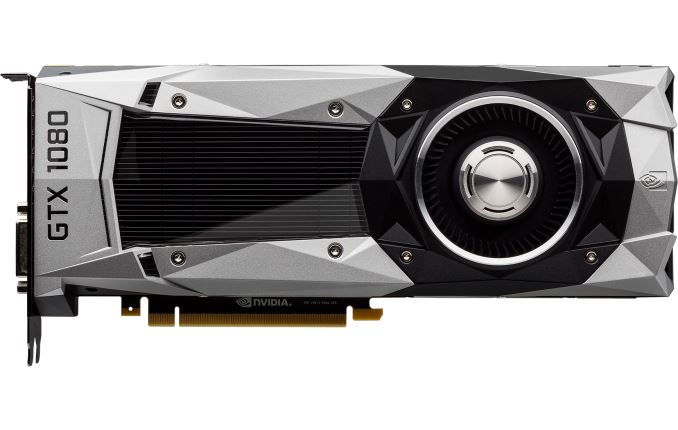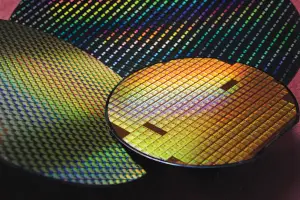There's more to it than that, 28nm CPUs clocked twice as fast as 28nm GPUs too.
What they really mean is that for this
specific design, that may be the process node limit; you end up being limited by certain critical paths inside the design that can't run at a higher frequency.
Easy way to think about it is Intel's new Alder Lake and Raptor Lake CPUs.
The P-Cores and E-Cores are the exact same process, they're even
on the same silicon, but the P-Cores top out about 1500mhz higher than the E-cores do, because their architecture was designed with high clock rates as goal #1. More attention was paid to optimizing critical paths, deeper pipelining, choosing leakier transistors with higher drive strength that can switch faster, but burn more power, etc.
You can also expend a lot of manual effort, both with AI analysis and regular old humans trying to optimize the critical paths in the chip. Not to muddy the discussion too much by mentioning team green, but Anandtech's Pascal article goes into some pretty good detail of how careful design lets you run up the clocks on the same process:

www.anandtech.com
Nothing to be done about it now after the fact though, the design is set in stone and the silicon is out in the wild.




